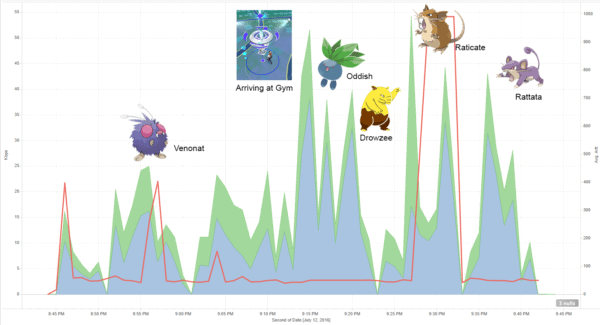
 As you may have heard, Pokémon Go is all the rage right now, and despite not being technically available in Canada, we thought we would sideload the APK on Android and use some Sandvine technology, and the Pokemon Go recognition capabilities we made available to customers yesterday, to help subscribers better understand how much traffic the Pokémon Go application generates.
As you may have heard, Pokémon Go is all the rage right now, and despite not being technically available in Canada, we thought we would sideload the APK on Android and use some Sandvine technology, and the Pokemon Go recognition capabilities we made available to customers yesterday, to help subscribers better understand how much traffic the Pokémon Go application generates.
I personally missed the Pokémon generation by just a few years, so while I hold out hope for a Bo Jackson: Hit and Run mobile remake, we decided to enlist our very own aspiring Ash Ketchum, Matt Trushinski to help capture us some data. Let’s hope he didn’t run into any dead bodies or get robbed along the way.
Below you will find an log he recorded while on his Poke-ventures last night…
Date: July 12th, 2016
Testers: Matt Trushinski, Product Marketing Manager/Pokemon Trainer + his dog Beau
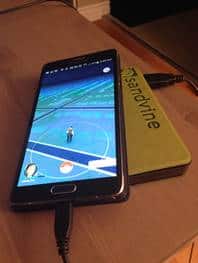
Equipment: Samsung Note 4 loaded with a Pokemon Go APK, Sandvine Battery Pack, a and a connection to Nubo, Sandvine’s cloud testing environment
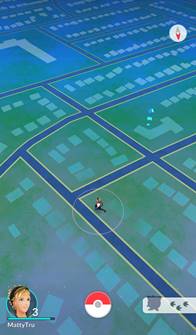
Time: 8:45pm
We leave the house and set out for the blue icon – a Pokestop that allegedly contains some cool items.
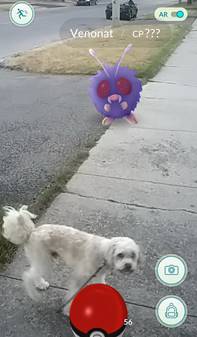
Time: 8:55pm
First Pokemon sighting. Dog is not sure about the Venonat.
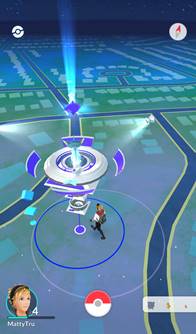
Time: 9:15pm
We arrive at our first gym. It says I am not level 5 yet. We must come back tomorrow.
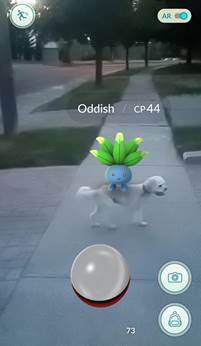
Time: 9:17pm
Oddish appears and hops onto dogs back. Unclear at this point if dog can sense Pokemon.
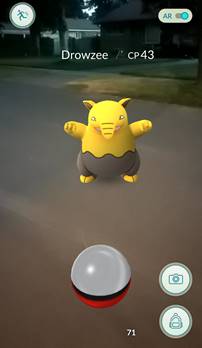
Time: 9:20pm
Drowzee appears in the middle of the street. This is how kids get hit by cars.
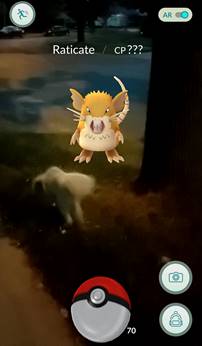
Time: 9:27pm
Raticate attacks dog.
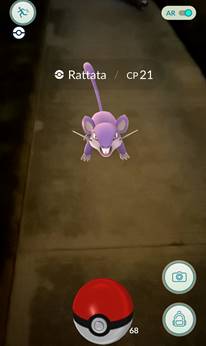
Time: 9:36pm
Final Pokemon of the night appears.
Matt’s Findings:
Because it uses cached maps, for a typical user around their home, Pokemon Go will us a a very small amount of data. The majority of data usage seems to come from pushes from the server to signal a Pokemon is arriving, and a response with data that it has been caught. The Pokemon Gyms do have images when clicked on, which seemed to generate a little additional traffic. I did have one disconnect which is visible (ARTT) as I was catching the Raticate, causing me to lose it. If this was a very rare Pokemon, it would have greatly impacted my Pokemon Quality of Experience.
A Sandvine Network Demographics report below shows the total bytes used by the Pokemon Go application. Most users are likely to use roughly 8MB of data for each hour they actively play.
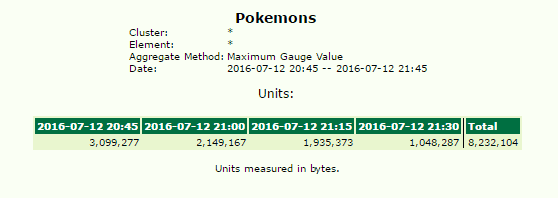
Just for reference, this is what one hour of watching Netflix (Red) looks likes compared to one hour of Pokemon Go (Blue).
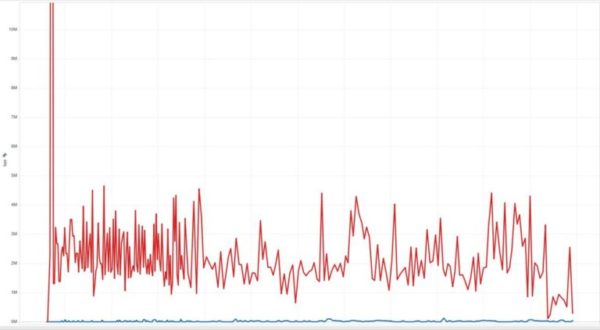
Matt’s Conclusion:
The average consumer should not be worried about exceeding their data caps playing Pokemon Go due to its reliance on cached maps, and service providers should not expect a significant increase in traffic volume on their network.
In the coming weeks, as more customers deploy our Pokemon Go recognition, we hope to bring some network level data to this blog. Stay tuned.
This article is courtesy Sandvine and originally appeared here.
Comment
One thought on “We tested Pokémon Go data usage and found it’s nothing to worry about”
Leave a Reply
You must be logged in to post a comment.



 Share
Share Tweet
Tweet Share
Share




nice